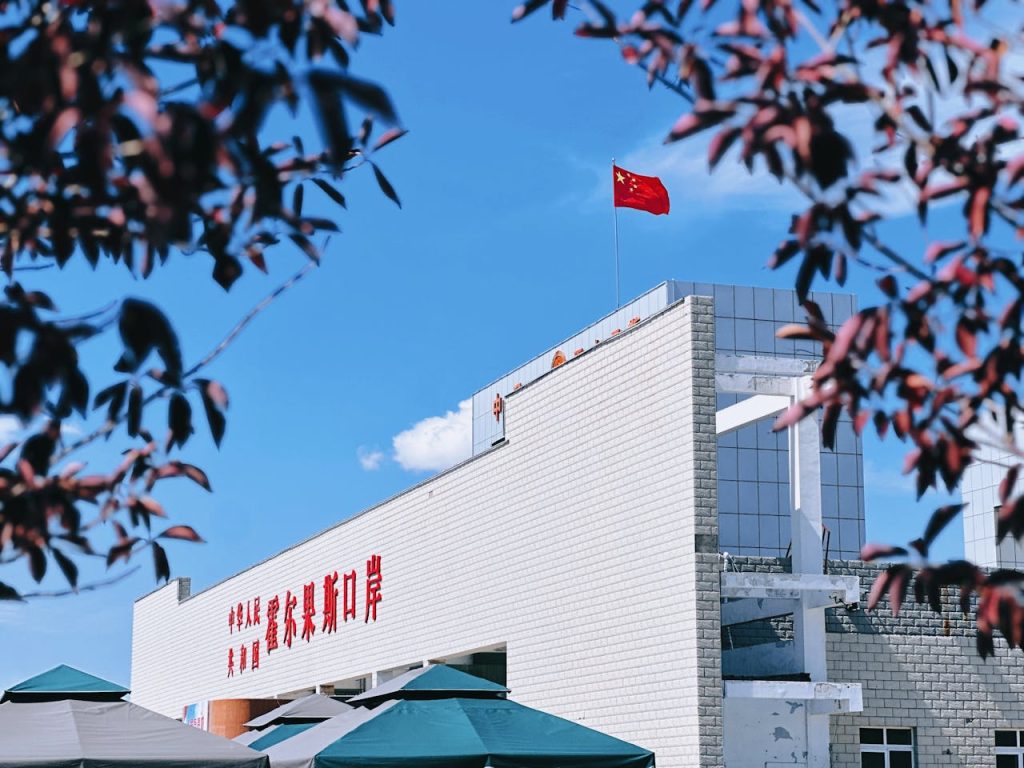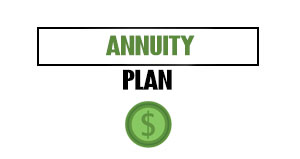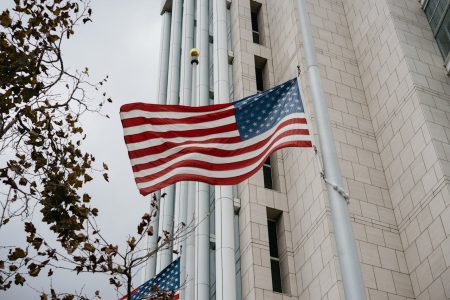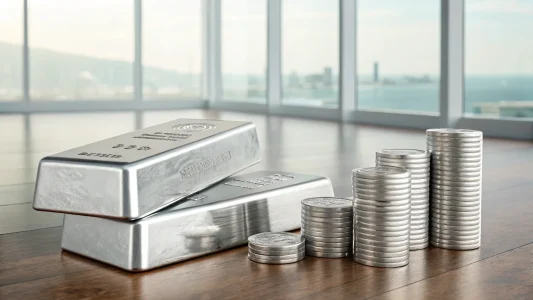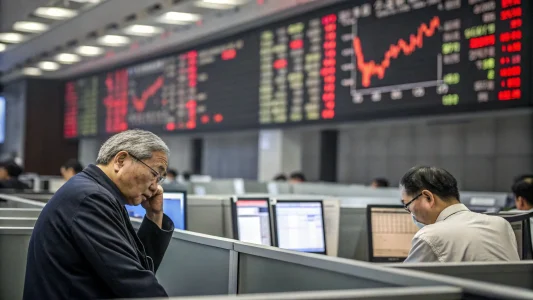Beijing raised its alert level as it continued tough trade talks with the United States after China’s economy slowed to its weakest pace in a year. According to the National Bureau of Statistics, China’s GDP grew 4.8% in the third quarter of 2025 compared to the same period last year, down from 5.2%. The economy grew 5.2% in the first nine months of this year compared to the same period in 2024, putting Beijing mainly on track to meet its full-year growth target of about 5.0%.
China’s economy grows at their slowest pace of the year
The slowdown may push Chinese policymakers to boost domestic economic support while maintaining a firm stance against Washington. After a year of rising tariffs and shaky truces, tensions between the two countries have escalated in recent weeks. President Trump threatened to impose a 100% universal tariff on Chinese goods after Beijing tightened restrictions on exports of rare earth elements earlier this month.
“China’s full-year growth target remains largely on track, though incremental and targeted easing is still necessary in coming quarters to ensure stable growth and employment into next year,” Goldman Sachs analysts wrote in a report Monday after the figures were released.
In order to plan the nation’s next five-year strategy, which will direct economic priorities through the end of the decade, China’s top policymakers started a four-day meeting this week. Policymakers are expected to intensify efforts in high-tech industries and introduce new policies to boost household spending and curb harmful price competition.
Despite U.S. tariffs, exports have helped China surpass forecasts this year. Despite a nearly 17% decline in shipments to the United States during the same period, the customs agency reported that overall exports increased 6.1% year over year in the first nine months of 2025.
Weak consumer spending and efforts to boost consumption
Weak consumer spending and sluggish investment hindered third-quarter growth. Declining home values deepened the property market’s downturn, further eroding confidence. After declining 12.9% through August, real estate investment plummeted 13.9% in the first nine months of the year.
Beijing’s primary consumption-boosting initiative, consumer goods subsidies, has started to wane. A major indicator of household spending, retail sales increased 3.0% in September compared to 3.4% in August of last year.
Deflation is currently undermining both profits and confidence. Consumer prices have hardly changed, indicating weak demand, while factory-gate prices in China have been declining for the past four years. By discouraging below-cost pricing and restricting new investment in overcrowded industries like steel and electric vehicles, officials have attempted to address “involution,” a phenomenon of excessive competition and price wars. After increasing by 0.5% through August, fixed-asset investments experienced a 0.5% decline in the first three quarters compared to the same period in 2024.
China’s export industry is still robust, though. September saw a 6.5% year-over-year increase in industrial production, up from 5.2% in August. Analysts, however, don’t think exports will continue to grow at this rate. Before the new tariffs went into effect, many American businesses hurried to import goods, giving Chinese exporters a short-term boost.
Featured Image Credit: cake cat; Pexels: Thank you!

